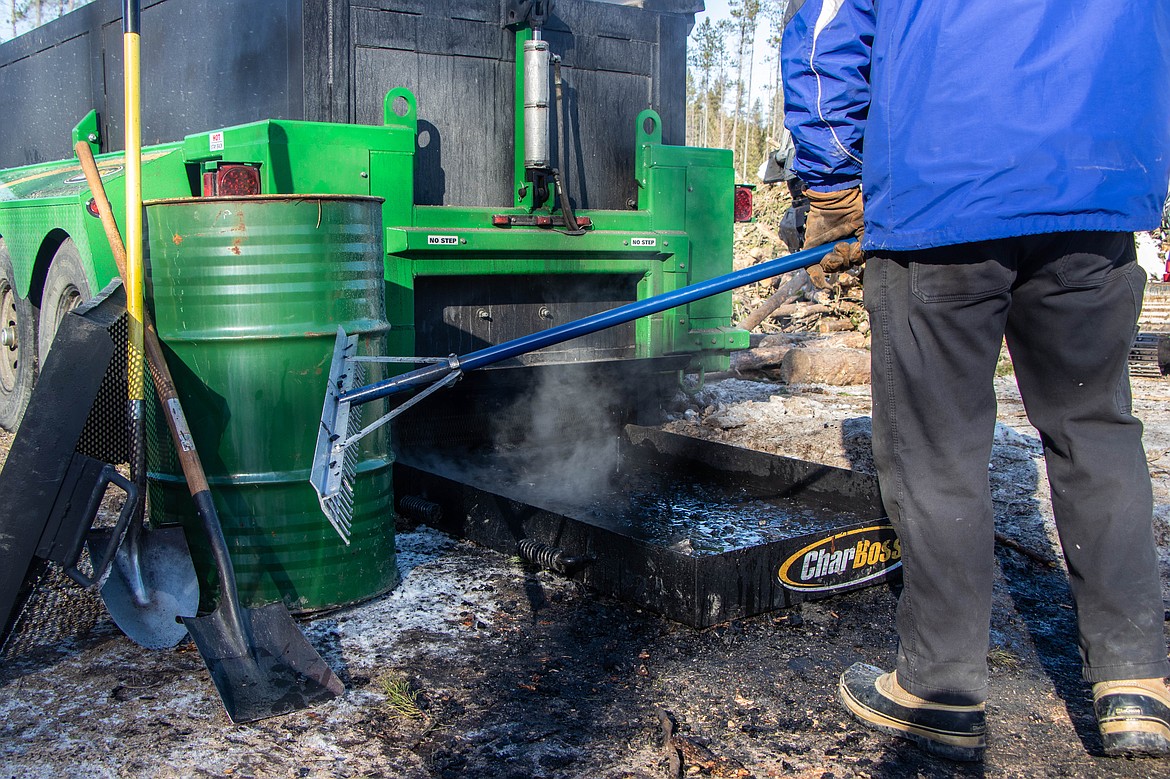New forest technology offers alternative to burning slash piles
Forest management activities are a major part of life in Northwest Montana; they create valuable products like lumber and employ many across the region.
But in the process, timber harvests also generate woody waste that has little economic value and act as fuel for wildfires, known as slash piles...
Become a Subscriber!
You have read all of your free articles this month. Select a plan below to start your subscription today.
Already a subscriber? Login





